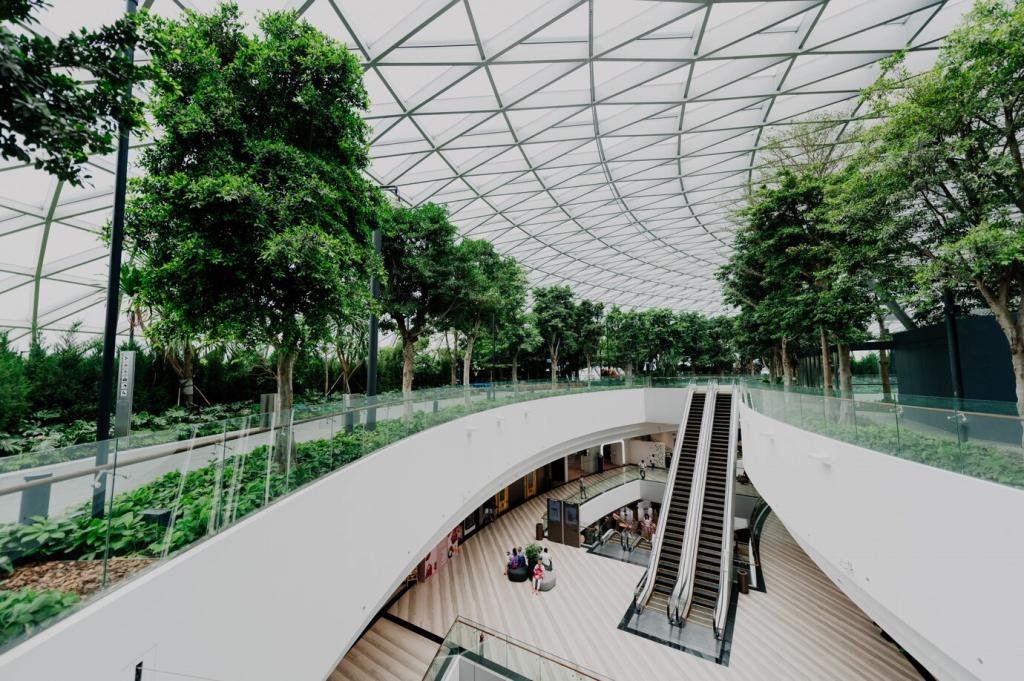
Sustainable Design Ideas for Green Living
Embracing sustainable design is more than just a trend—it is a conscious lifestyle choice with a lasting impact on the environment and well-being. Green living prioritizes the use of eco-friendly materials, energy conservation, and creative design solutions that support a healthier planet. Adopting sustainable design practices in your home not only reduces your ecological footprint but also fosters resilience, comfort, and long-term cost savings. Whether you are building anew or seeking to revitalize your current space, the ideas shared on this page will inspire eco-conscious decisions and showcase the beauty of sustainable living.
Eco-Friendly Materials and Resources
Choosing reclaimed and recycled materials is a pivotal strategy for sustainable design. These materials—whether salvaged wood beams, repurposed metal fixtures, or recycled glass tiles—preserve valuable resources and keep discarded items out of the landfill. Incorporating them into building or renovation projects provides character and a sense of history, while often requiring less energy to create compared to brand-new alternatives. Not only do such materials tell a unique story, but they also contribute to a circular economy, reducing demand for the extraction of virgin resources and lessening environmental degradation. Moreover, the use of non-toxic adhesives and finishes with reclaimed materials ensures better air quality within the home.

Passive Solar Design Strategies
Passive solar design harnesses the sun’s natural energy to heat and cool living spaces efficiently. By carefully considering the orientation of your home, the placement of windows, and the use of thermal mass, you can capture solar heat during cooler months and minimize solar gain in warmer seasons. Strategic use of overhangs, light shelves, and landscaping can further control sunlight entry, reducing the need for artificial heating and cooling. Effective passive solar design often requires little to no mechanical intervention, translating into ongoing energy savings and increased occupant comfort, while making the most of naturally available resources throughout the year.
High-Performance Insulation and Windows
Quality insulation and high-performance windows are critical components of energy-efficient homes. Advanced insulation materials, such as cellulose, sheep’s wool, or rigid foam boards, can significantly reduce unwanted heat loss or gain. Complementing insulation with double or triple-glazed windows, featuring low-e coatings and gas-filled cavities, creates an effective barrier against energy dissipation. These upgrades not only ensure a more stable indoor temperature, they also lead to reduced demand on heating and cooling systems, lowering utility bills and greenhouse gas emissions. Attention to airtightness and thermal bridging further optimizes energy conservation, contributing to a quieter and more comfortable indoor environment.
Renewable Energy Integration
Incorporating renewable energy systems, such as solar panels, wind turbines, or geothermal heating, dramatically decreases reliance on fossil fuels. These clean energy sources enable homeowners to generate their own power, sometimes even feeding surplus energy back into the grid and earning incentives. Solar water heaters and photovoltaic arrays can be installed on rooftops or integrated into building facades, providing a seamless approach to green energy production. While initial investments may be higher, the long-term benefits in energy savings, increased property value, and reduced environmental impact make the integration of renewables an essential component of sustainable home design.
Water Conservation Solutions
Modern low-flow fixtures and appliances offer significant water savings with no compromise on performance. Faucets, showerheads, and toilets designed with efficient flow technology can dramatically reduce consumption in the bathroom and kitchen. Similarly, energy and water-efficient dishwashers and washing machines use precision controls and innovative wash cycles to achieve outstanding results with less water. These investments, while sometimes modest in cost and effort, collectively make a substantial impact on a household’s water usage and monthly bills. Moreover, manufacturers continue to develop systems that improve user comfort, further encouraging adoption for greener living.

